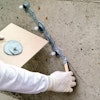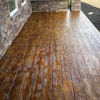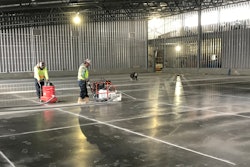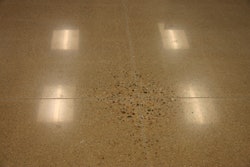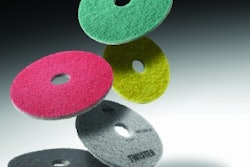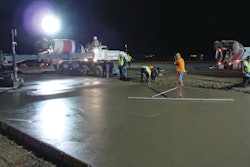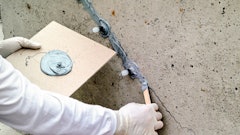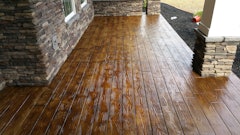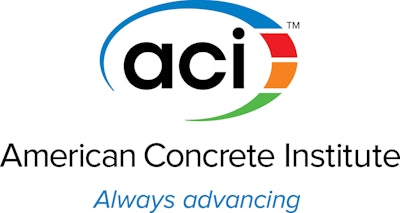
American Concrete Institute President Jeffrey W. Coleman discussed new proposed code structure in his monthly memo to members.
Here's what he wrote:
The ACI Board of Direction and Technical Activities Committee (TAC) have been reviewing how codes are processed within the Institute.
Over the past year, the Board has been discussing how ACI can change to accomplish our Vision to provide the knowledge needed to use concrete effectively for a changing world.
At the same time, TAC has been discussing the basic structure of how committees work. These deliberations have resulted in a proposal for a new ACI code structure. While details for this structure will be worked out over the next several months, I think the timing is right to discuss the motivation for this activity.
People in the construction industry certainly know of ACI. But if concrete is not their focus, they may only be familiar with the ACI 318 Code.
As we know, this only scratches the surface of our 285 unique technical documents, of which 19 are code documents (with another six code documents under development). This lack of industry recognition for the depth of ACI material that is available must change. ACI also needs to help champions of new technologies to understand how their information can be made visible and, if appropriate, eventually standardized.
A couple of years ago, the ACI Board charged a task group with determining whether ACI was doing enough to codify new technologies. The group's discussions made it clear that many proponents of new technologies set their sights on being accepted in ACI 318, even though the Institute may have more appropriate documents for eventually standardizing their product or method.
This finding indicated that ACI's code structure is opaque to too many people — even those in the concrete industry — and it has highlighted the need for changing the ways ACI organizes, presents and markets its code documents.
Recently, in part as a result of discussions with our industry partner PCI, three new code-writing committees have been approved by TAC. One of these committees, ACI/PCI 319, will focus on items unique to precast concrete structures. Another committee will focus on items unique to post-tensioned concrete structures, which recently voted to become joint with PTI. The third committee will write a durability code, based on work by ACI Committee 201, Durability of Concrete.
These committees were formed around the following core principles:
- ACI 318 contains the backbone information for reinforced concrete design;
- New code committees will cover focused topics or industries;
- Committee membership will be kept small—15 members or fewer;
- Committees will be placed on a schedule;
- Similar to ACI 318, committees will be discharged at the end of their schedule and repopulated for the next cycle; and
- Codes will be marketed as a suite of codes.
The structure of these new committees shows how ACI is advancing toward greater visibility of all the codes the Institute has to offer. By building off the name recognition of ACI 318, new codes would gain better visibility and recognition as part of ACI's suite of codes, covering not only the reinforced concrete buildings that ACI 318 is typically used for but also many other types of structures and specialized construction materials and techniques.
The new concept allows for a more understandable structure. New industries can easily see themselves as the next code in the set. Existing ACI codes can be restructured for greater visibility, more efficient operations, and deadlines that meet industry needs.
Other technical committees that are currently writing codes need to be re-evaluated, including ACI Committees 350, Environmental Engineering Concrete Structures, and 440, Fiber-Reinforced Polymer Reinforcement. They both write codes along with specifications, guides, and reports. How these committees operate will be an ongoing discussion between TAC and the committees with a focus on efficiency in achieving ACI's goals.
TAC is also reviewing the relationship between code-writing committees and committees that write the bulk of the knowledge on a topic, known as our topic experts. It is from these committees that code-writing committees base their decisions on defining equations or limits of design. Better communication is needed between the committees that set the standard for the public and the committees that push the boundaries of a changing world.
This is a bold change evolving within ACI. I can see many variations of this concept as it starts to unfold. Do we have many sets of codes that fit distinctly different needs, such as new construction, repair, fire, or resiliency? How do we handle the overlap that will inevitably develop between different codes? Do our codes reference each other or are they adopted individually as the authorities in a locality see fit? These things will be hammered out over the next several months and years.
Jeffrey W. Coleman
ACI President
